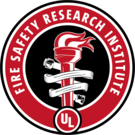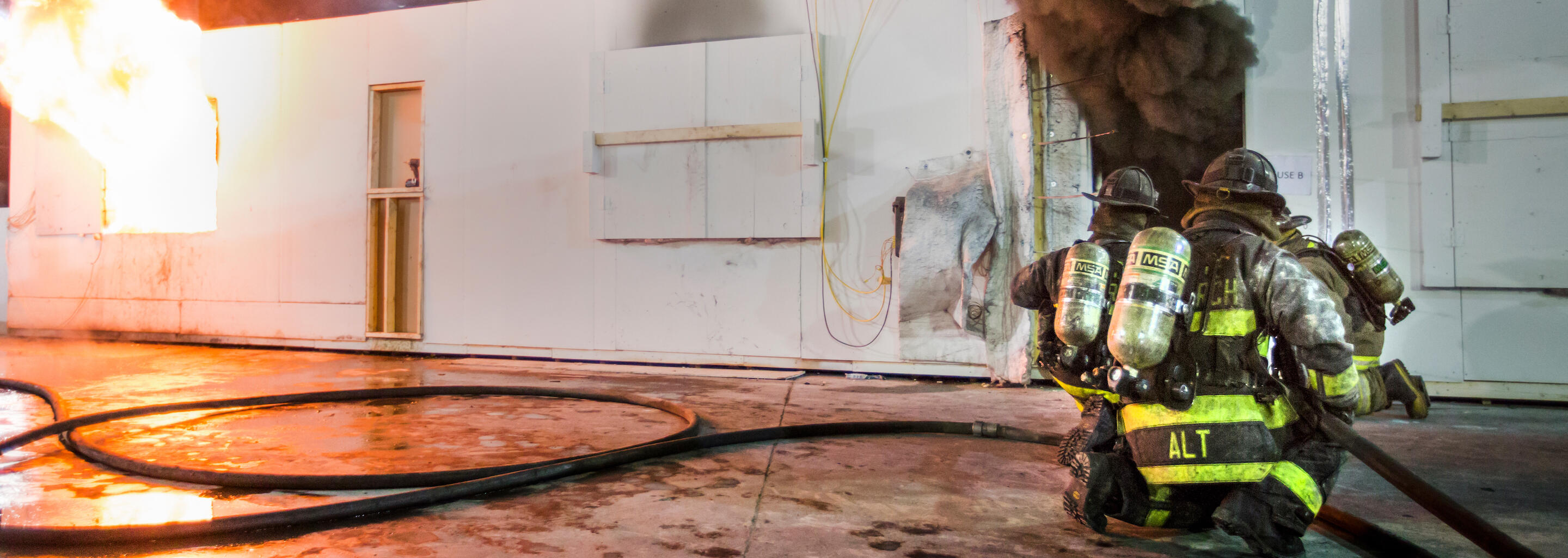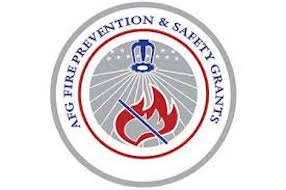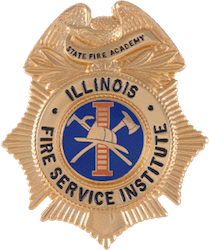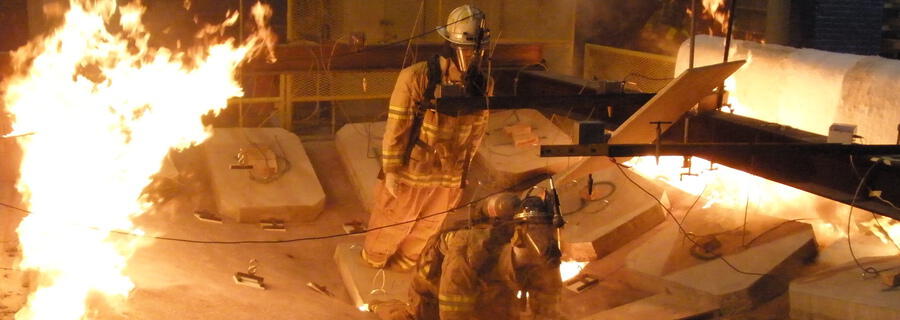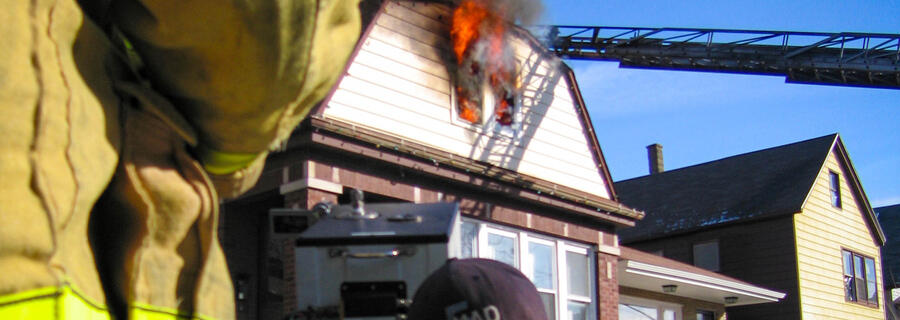This 3-year study will build on the research conducted to date on fire service ventilation and suppression tactics (e.g., interior suppression versus “transitional attack”) to provide a comprehensive assessment of firefighting tactics on chemical and thermal exposures for victims trapped within a structure, and the firefighters advancing toward the fire or operating in other parts of the structure. While research at UL and NIST has shown transitional attack to be a viable option for rapid knockdown of a large volume of fire, there remains some hesitation to adopting the tactic for fear of endangering trapped victims and pushing heat and steam. Fire service adages such as “don’t put water on smoke” and “you will steam the victims” will be examined in detail in the context of today’s modern fire environment to provide credible scientific information that can improve decision making on the fireground. Using full-scale residential structures in UL’s Large Fire Laboratory, several different fire scenarios will be tested using tactics that include interior only and combined interior/exterior fire attack. The research will develop important fire data that includes temperatures, heat flux, flow velocities, differential pressure, gas concentrations, and moisture content throughout the structure. The results from the tests will also provide knowledge on how flow paths and conditions in the structure are impacted with nozzle pattern selection and nozzle movement during fire suppression operations.
The research will also include collaboration with the University of Illinois to develop data on the potential impact of fire conditions on firefighters and civilians. In order to accomplish their tasks, they will participate in UL led fire tests and introduce pig carcasses in various rooms and locations to simulate potential human exposure to elevated temperature and humidity. They will also conduct controlled experiments at the University on mice to better understand the impact of elevated temperature, fire effluent gases, and high humidity on their respiratory system and develop inferences for occupant survivability.
The results and conclusions of this project will be used to improve firefighting tactics, fireground safety and fire dynamics knowledge to improve firefighter standard operating procedures and training. A comprehensive fire service outreach program will make sure that this science meets the street.
Purpose and Aims
Provide the fire service with scientific based knowledge on the impact of interior and transitional fire attack tactics on firefighter safety and trapped occupants to improve training and decision making on the fireground. The goal is to expand on previous research studies (2008 DHS – Impact of Ventilation on Fire Behavior in Legacy and Contemporary Residential Construction, 2010 DHS – Effectiveness of Fire Service Vertical Ventilation and Suppression Tactics and 2012 FDNY, NIST, UL Partnership – Governors Island Experiments) that examined fire dynamics and water application and to examine the fire service questions that have arisen as a result of these studies and anecdotes of fire service experiences. Using common modern home furnishings and building layouts, along with state of the art measurement technology and animal models, we will provide the most comprehensive study of the fire environment to continue to improve fire service scientific evidence on which to base tactical decisions.
Relevance
This study will build on the research conducted to date on fire service ventilation and suppression tactics (e.g., interior suppression versus “transitional attack”) to provide a comprehensive assessment of firefighting tactics on chemical and thermal exposures for victims trapped within a structure, and the firefighters advancing toward the fire or operating in other parts of the structure. While research at UL and NIST has shown transitional fire attack to be a viable option for rapid knockdown of a large volume of fire, there remains some hesitation to adopt the tactic for fear of endangering trapped victims and pushing heat and steam. Fire service adages such as “don’t put water on smoke” and “you will steam the victims” will be examined in detail in the context of todays modern fire environment to provide credible scientific information that can improve decision making on the fireground.
Methods
Using full-scale residential structures in UL’s Large Fire Laboratory, we will test several different fire scenarios using tactics that include interior only and combined interior/exterior fire attack. We will measure gas temperatures, heat flux, flow velocities, differential pressure, gas concentrations, and moisture content throughout the structure. The research will also include collaboration with the University of Illinois to develop data on the potential impact of fire conditions on firefighters and civilians. In order to accomplish their tasks, they will participate in UL led fire tests and introduce pig carcasses in various rooms and locations to simulate potential human exposure to elevated temperature and humidity. Based on conditions measured in these experiments the team will work with experts at the University of Illinois to expose rodents in their laboratory (at University of Illinois) to controlled levels of heat and moisture to examine the impact on their respiratory system and provide a more complete assessment of the impact of fire exposure and the impact of firefighter hose streams to trapped victims than currently available.
Anticipated Outcomes
We anticipate that the data collected from the fire experiments will provide firefighters with knowledge about how flow paths, nozzle pattern selection and nozzle movement impact conditions through the structure they are operating at. This knowledge will allow fire officers to make informed decisions regarding methods to suppress residential structure fires and can significantly influence firefighter standard operating procedures and training. The fire test data generated (e.g., temperature, pressure, gas effluent, moisture) along with the complementary University of Illinois results on pig carcasses and rodents will provide important conclusions for the safety of firefighters and occupants.
Goals and Objectives
Improve firefighter safety by increasing knowledge of fire behavior.
- Develop knowledge of water streams applied during an interior and exterior/interior fire attack and its impact on firefighter safety and victim survivability.
- Understand where water goes and how air flows during interior and exterior/interior fire attack utilizing common procedures and what that means to fire dynamics.
- Gain understanding of the impact or water streams depending on the size of the volume that the fire and hot gases are in.
- Advance the understanding of victim survivability in the modern fire environment by working with experts in the use of pig carcasses and rodents.
- Develop and implement a methodology to measure moisture content in modern fire environmental conditions to answer fire service concerns.
- Bring the ‘Science to the Streets’ by transferring science based tactical considerations founded on experimental results that can be incorporated into firefighting standard operating guidelines.
